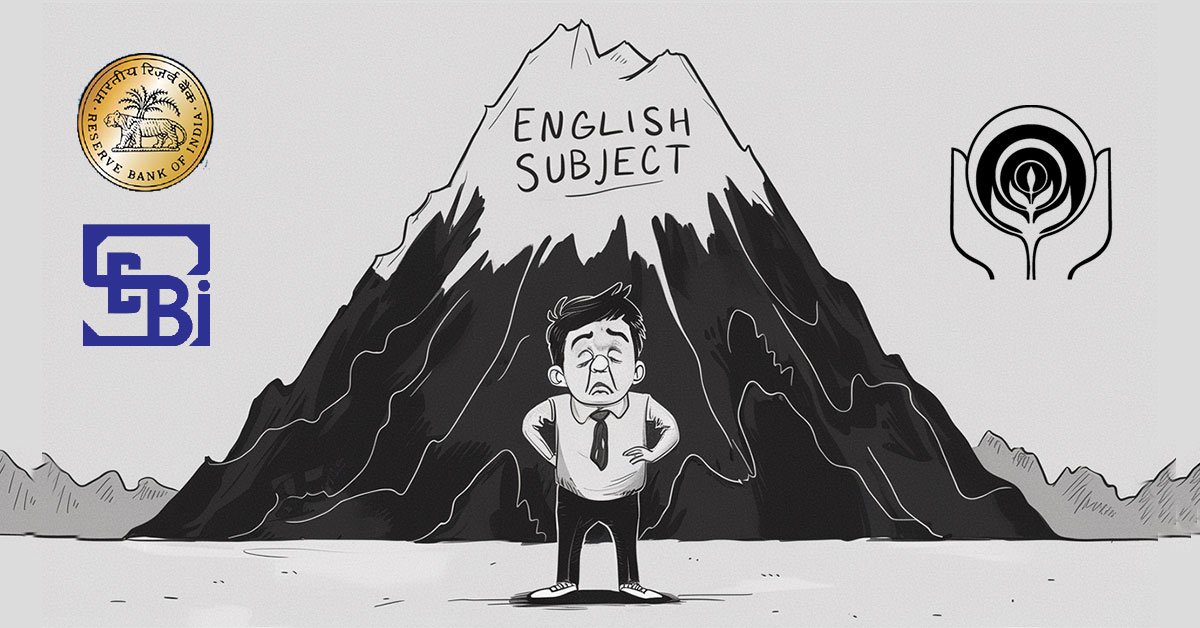Introduction
The National Horticulture Mission (NHM), started in 2005-06 under the National Horticulture Board, is a government initiative focused on the all-round development of India’s horticulture sector. This means it works to boost the production of crops like fruits, vegetables, and flowers, while also improving how these crops are stored, processed, and marketed. The goal is to help farmers grow better-quality produce, reduce waste after harvesting, and get fair prices when they sell their crops. By doing all this, the mission aims to increase farmers’ incomes, improve access to nutritious food for everyone, and open up more opportunities for exporting India’s horticultural products to other countries.
About the National Horticulture Mission
- National Horticulture Mission (NHM), which was launched in 2005-06 as part of the National Horticulture Board, is a centrally sponsored scheme aimed at ensuring the overall growth and development of the horticulture sector in India.
- It mainly focuses on boosting the production and productivity of different horticultural crops such as fruits, vegetables, spices, flowers, medicinal plants, and plantation crops.
- The mission encourages the use of modern technology, better post-harvest handling, and the creation of efficient marketing systems that reduce wastage and help farmers get fair prices for their produce.
- It also supports training programs for farmers, development of quality nurseries, and building infrastructure like cold storage facilities, packaging units, and processing centers. By promoting cluster-based development using improved planting materials, the mission works to boost local consumption and increase exports.
Features of the National Horticulture Mission
The National Horticulture Mission (NHM) is a major government initiative aimed at boosting the overall growth of the horticulture sector in India. It focuses on improving every aspect of horticulture—right from growing the crops to selling them in the market.
- Promotes a variety of crops like fruits, vegetables, flowers, spices, medicinal and aromatic plants to help farmers earn more and make agriculture more diverse.
- Increases productivity and expands crop areas by encouraging farmers to use better seeds, high-yielding plant varieties, and modern farming methods.
- Reduces waste after harvesting by building cold storage units, packaging centers, and processing units so that crops stay fresh longer and fetch better prices.
- Trains farmers and workers by offering workshops and skill development programs that teach the best and latest practices in horticulture.
- Supports smart farming technologies such as drip irrigation, greenhouse farming, organic techniques, and pest management to make farming more efficient and eco-friendly.
- Helps farmers sell better by developing rural and wholesale markets, and by supporting online platforms that help them get fair prices for their produce.
- Focuses on specific crops in specific regions, so that efforts are better targeted and resources are used more efficiently—this is known as cluster-based development.
- Provides financial help and subsidies to farmers and agri-entrepreneurs for various activities involved in growing and marketing horticultural crops.
Objectives of the National Horticulture Mission
The National Horticulture Mission (NHM) was launched with the aim of bringing all-round growth to the horticulture sector, covering important crops like fruits, vegetables, flowers, spices, medicinal, and aromatic plants.

- Boosting Horticulture Production:
- The mission works to increase the land used for growing horticulture crops and improve their output by encouraging the use of better plant varieties, modern farming techniques, and new technologies.
- Reducing Wastage After Harvest:
- A big focus is on cutting down post-harvest losses. This is done by improving infrastructure like cold storages, transport systems, and processing units so that crops stay fresh longer and earn more money for farmers.
- Better Market Access:
- The mission aims to build a strong supply chain and set up good market facilities to help farmers sell their produce easily—both within the country and abroad. This ensures better prices and wider reach for their crops.
- Training and Skill Building:
- It offers regular training sessions and demonstration programs to teach farmers modern and practical ways of growing and handling horticulture crops, helping them adopt best practices more confidently.
- Eco-Friendly Farming:
- NHM promotes sustainable farming methods like organic cultivation, integrated pest control, and efficient irrigation systems to protect the environment while improving productivity.
- Improving Farmers’ Income and Jobs:
- By helping farmers grow more and sell better, the mission helps boost their earnings. It also creates new job opportunities in the areas of farming, storage, packaging, and marketing—especially in rural regions.
- Nutrition and Economic Growth:
- Horticultural crops are rich in nutrition, so promoting them helps improve people’s diets. At the same time, better exports of these products help strengthen India’s economy.
Significance of the National Horticulture Mission
- India’s agriculture plays a key role in driving economic growth, improving people’s lives, and ensuring environmental balance. To support this, the National Horticulture Mission (NHM) was launched in 2005-06 to meet the growing need for diversification in farming.
- The mission focuses on encouraging the cultivation of high-value crops like fruits, vegetables, flowers, spices, and medicinal plants. Its core aim is to increase farmers’ incomes by helping them shift from basic, survival-based farming to a more profitable, market-driven horticulture system. This shift is supported by introducing modern technologies, high-yielding plant varieties, and better post-harvest practices, allowing farmers to earn more and improve their standard of living—especially in areas where traditional farming doesn’t offer enough returns.
- NHM also plays a key role in improving nutrition by making fruits and vegetables more available and affordable for the population. It strengthens the supply chain by investing in cold storage, processing units, and marketing facilities, ensuring fresh produce is available and less food is wasted.
- The mission isn’t just about farming—it also creates jobs in packaging, processing, transportation, and selling, helping both rural and urban populations. It boosts exports, helping India gain a stronger presence in global horticulture markets.
- Environmentally, NHM promotes eco-friendly practices like organic farming, efficient irrigation, and integrated pest management, supporting a more sustainable form of agriculture. It encourages crop diversification, which means less reliance on water-heavy crops like rice and wheat—good for both the farmer and the environment.
Challenges Faced by the National Horticulture Mission
- The National Horticulture Mission (NHM) has definitely helped in boosting horticulture in India, but it still faces several problems that prevent it from reaching its full potential.
- To begin with, the benefits of NHM are not reaching all regions equally. States with better infrastructure and more awareness get most of the attention and funding, while underdeveloped or remote regions are often left behind. This creates an imbalance in growth and prevents equal progress across the country.
- Next, small and marginal farmers, who form the core of India’s horticulture sector, often struggle to access the benefits of the scheme. Complex procedures, lack of awareness, and limited financial support make it tough for them to participate. On top of that, insufficient training and technical guidance make it harder for them to adopt modern techniques.
- Even though NHM includes post-harvest management, a lot of produce still gets wasted. This is mostly because of the lack of cold storage facilities, poor transport systems, and inefficient supply chains. These areas are often neglected or not properly implemented, leading to huge losses.
- Marketing and export support is also weak. Many farmers still rely on middlemen because they don’t have access to organized markets, cooperatives, or proper pricing mechanisms. This limits their earnings and discourages them from growing high-value crops.
- Moreover, monitoring and evaluation of the scheme is inadequate. Without regular feedback and accountability, many projects face delays and poor execution, reducing the impact of the mission.
- Finally, climate change and water shortages are major threats, but NHM doesn’t do enough to address them. There’s a strong need to promote climate-resilient crops and sustainable practices within the mission framework.
Way Forward
With the help of modern technologies, better cold storage facilities, and more focus on value-added products (like juices, jams, and dried fruits), the National Horticulture Mission (NHM) has the potential to grow even further and explore new opportunities.
By improving market connections, promoting exports, and encouraging climate-friendly farming methods, the mission can make horticulture more sustainable and future-ready.
At the same time, providing proper training and financial support to farmers will help them grow more efficiently, earn more, and become more competitive—not just in India, but also in global markets. This approach will not only strengthen farmers’ incomes but also take Indian horticulture to new heights.
Conclusion
The National Horticulture Mission (NHM) has played a big role in improving horticulture in India by helping farmers grow more, sell better, and reduce losses after harvest. With better production, stronger market connections, and improved storage and processing facilities, farmers are now in a much better position to earn more and reduce waste.
This transformation is not just helping farmers make a decent living—it’s also making healthy fruits and vegetables more accessible to people and boosting India’s export potential.
















